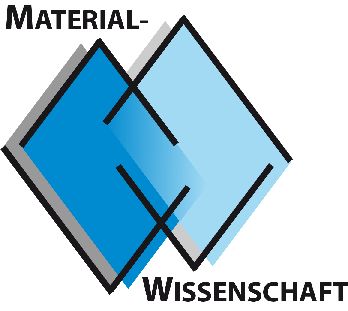Investigations of Sm(Co,Fe,Cu)z (z=5.5 & 6.0) magnets
Advanced Research Lab, Hiwi Stellen
Sm(Co,Cu)₅ alloys have long been known for their high coercivity, yet the origin of this property remains unclear despite decades of study. Some researchers attribute the magnetic hardness to intrinsic factors such as strong magnetic anisotropy, while others point to annealing-induced spinodal decomposition into Co- and Cu-rich phases. However, recent studies have cast doubt on whether such decomposition actually takes place. This lack of common understanding, highlights the need for a deeper understanding of the structural and magnetic mechanisms behind coercivity in Sm(Co,Cu)₅ [1]. Gaining clarity on this issue could provide valuable insights for advancing high-coercivity magnetic materials.
Although Sm(Co,Cu)₅ is not directly used in applications due to its relatively low magnetization, it plays a critical role in the coercivity of Sm₂Co₁₇-based magnets—materials widely employed in demanding technological environments. Existing models often simplify the Sm(Co,Cu)₅ cell-boundary phase as a single, uniform component, yet some experimental evidence points toward a more complex, potentially two-phase structure. Furthermore, microstructural features such as Co and Cu segregation or Co precipitates along grain boundaries have been proposed as key contributors to coercivity [2]. Clarifying the true nature of the Sm(Co,Cu)₅ phase and its evolution during processing is essential for improving coercivity models and ultimately optimizing the performance of Sm₂Co₁₇-based magnets.
In this work, student will be responsible to produce alloys starting from raw elements with several compositions and to optimize the alloys and properties.
[1] Gabay et al., Journal of Physics D: Applied Physics 38(9), 1337 (2005)
[2] Mitchell and McCurrie, J. Appl. Phys. 59 4113 (1986)



